Commenting on the roadmap for applying regulations on emission control of motorbikes and scooters in circulation drafted by the Ministry of Agriculture and Environment , the Vietnam Register said that the simultaneous emission inspection of motorbikes from the beginning of 2027 in Hanoi and Ho Chi Minh City is difficult to ensure feasibility, causing congestion because the number of motorbikes in the two cities is much larger than the capacity of the inspection facilities.
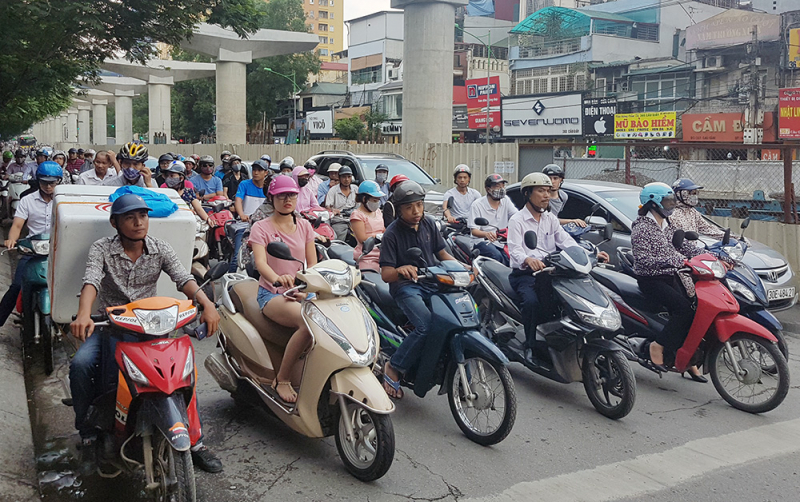
According to statistics from the Vietnam Register, there are currently 2,768 warranty and maintenance facilities of motorcycle and motorbike manufacturers and importers that are capable of participating in emission inspection services and require consensus from the manufacturer and the warranty and maintenance facilities.
When first deployed in Hanoi and Ho Chi Minh City according to the planned roadmap, Hanoi had 155 facilities, and Ho Chi Minh City had 310 facilities (after the merger). However, these warranty and maintenance facilities were not equipped with emission analysis equipment and did not have inspectors to perform the inspection.
Particularly for warranty and maintenance facilities that are not affiliated with the manufacturer, if these facilities want to participate in the inspection service, there must be a policy requiring the equipment of exhaust gas analysis equipment. To do this, it is necessary to amend and supplement the national technical regulations on warranty and maintenance facilities for motor vehicles (expected from 3 to 9 months) and amend the implementation provisions to apply to the areas of Hanoi and Ho Chi Minh City.
In addition, warranty and maintenance facilities must have at least one Class III inspector as prescribed. However, many facilities currently do not meet this requirement, so the Vietnam Register proposes that in order to take advantage of this resource, it is necessary to amend the criteria for Class III inspectors to a high school graduate.
Regarding the software for managing motorcycle and motorbike emission inspection, it is expected to take 12-18 months to deploy this software to motorcycle and motorbike emission inspection facilities. In addition, inspection facilities need to be equipped with cameras, computers, prepare 2-3 personnel for each inspection line, favorable premises, etc., leading to relatively large investment costs.
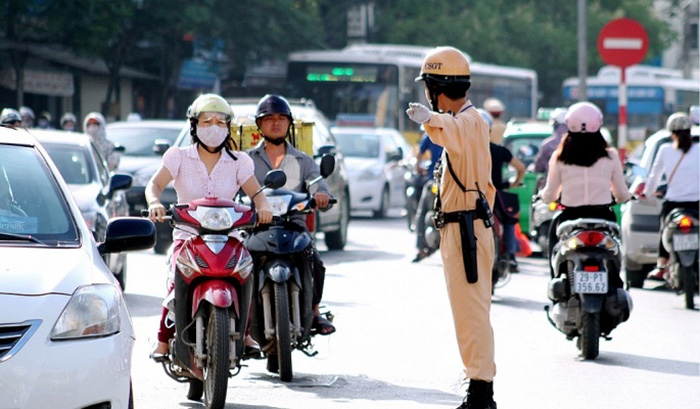
Given the above difficulties, to ensure feasibility, the Vietnam Register proposes a roadmap for emission testing based on year of manufacture. Specifically, for Hanoi and Ho Chi Minh City, level 1 will be applied from July 1, 2027 for motorbikes and scooters manufactured in 2008 or earlier; level 2 from July 1, 2029 for motorbikes and scooters manufactured in 2016 or earlier; level 3 from January 1, 2032 for two-wheeled motorbikes manufactured in 2026 or earlier; the highest level 4 will be applied from January 1, 2035 for inner-city areas.
For the remaining centrally-run cities, the same applies but the implementation roadmap is delayed by 1 year compared to Hanoi and Ho Chi Minh City. For other localities, level 1 will be applied from January 1, 2029 for vehicles manufactured before 2008 and level 2 from January 1, 2031 for vehicles manufactured after 2009.
The Vietnam Register assessed that, according to the proposed plan, in the first 2 years of implementation, it can basically meet the inspection needs of people in all localities. The regulation of emission levels in localities is in the direction of gradually raising standards in cities with high population density so that people have time to repair, upgrade or replace vehicles that meet the requirements of the regulations. Vehicles with low emission standards that do not meet the requirements in large cities can operate in rural areas with low population density. When issuing emission inspection certificates for motorbikes and scooters, it clearly states the emission levels achieved by the vehicle so that people know and use the correct geographical area for vehicles that meet that emission level.
According to the Vietnam Register, there should be policies to encourage social groups to participate in motorcycle and motorbike emission inspection services. Specifically: Having appropriate inspection service prices, attractive enough for service providers but also not having a big impact on the whole society; having preferential policies for people in converting old, dilapidated vehicles that do not meet emission standards.
Previously, according to the roadmap proposed by the Ministry of Agriculture and Environment, from January 1, 2027, Hanoi and Ho Chi Minh City will start emission inspection. From January 1, 2028, it will apply to motorbikes in 4 central cities including Hai Phong, Da Nang, Can Tho, Hue. From January 1, 2030, it will apply to the remaining localities.
Source: https://cand.com.vn/Giao-thong/giai-phap-de-kiem-dinh-khi-thai-xe-may-khong-un-u-va-kha-thi-i771419/












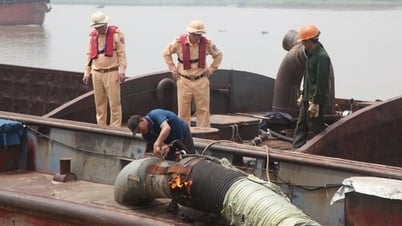



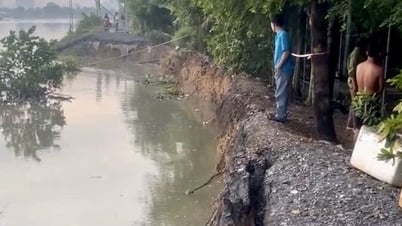

















































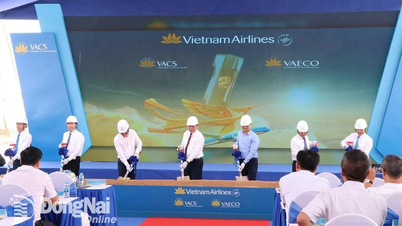



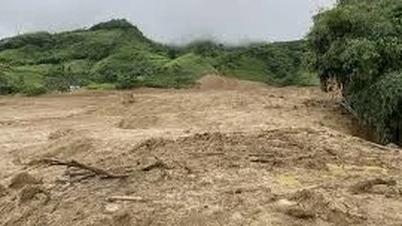

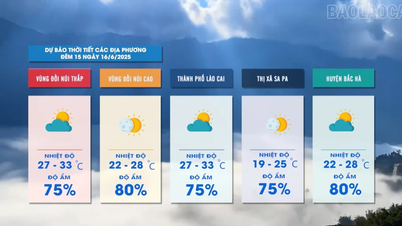















Comment (0)